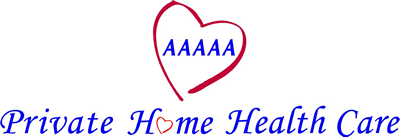National Almond Day
It is National Almond Day! Today we pay tribute to these superfood nuts! Portable and nonperishable, they make for a perfectly balanced snack any time. They are as versatile as they are delicious. You can put them in salads, grind them into flour, or use them as a healthy alternative to milk.
Almonds are a great source of protein, with a 1 ounce serving containing 6 grams! They are also high in fiber and healthy fats, as well as low in carbs. This makes them a perfect choice for a long lasting, energy-boosting snack. Almonds are also great for weight loss, due to the high fiber and protein content, which helps you feel fuller for longer.
Almonds are one of the world’s best sources of Vitamin E, which is an antioxidant that protects the cells in your body from oxidative damage. A 1 ounce serving of almonds provides 37% of the recommended daily value of Vitamin E. Researchers have linked a higher intake of vitamin E with lower rates of heart disease, cancer, and Alzheimer’s.
This nut also boasts high levels of magnesium, which supports over 300 essential processes in the body. Magnesium plays a key role in balancing blood sugar levels, as well as blood pressure. These benefits of almonds are great for diabetics or those with cardiac issues.
Unroasted almonds with the skin on are the healthiest, because nutrients can be lost when heating and the skin contains high amounts of vitamins. In honor of National Almond Day, Private Home Health Care encourages you to enjoy this wonderful nut in as many ways as you can!
Posted in: Healthcare
Leave a Comment: (17) →






